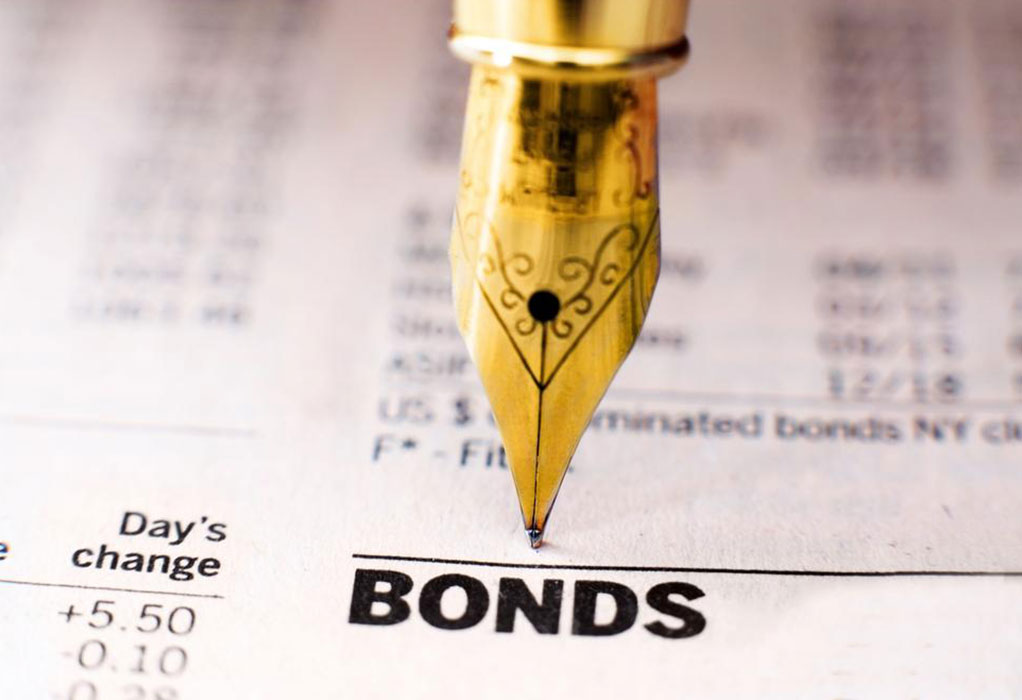Top 3 Investment-Grade U.S. Corporate Bond Funds for Investors
Explore the top three investment-grade U.S. corporate bond ETFs suitable for cautious investors. These funds are characterized by high credit ratings, steady returns, and diversified holdings in finance, technology, and industrial sectors. Ideal for those aiming for safer investment options with manageable risk and reliable income. Additional ETF options are also available for varied investment strategies.
Sponsored

Three Leading Investment-Grade U.S. Corporate Bond Funds
In recent years, corporate bond exchange-traded funds (ETFs) have gained significant popularity among investors. These funds often outperform government bond ETFs and are considered safer than stocks, as companies prioritize bond repayments before stockholders in bankruptcy cases. Nonetheless, corporate bond ETFs carry higher risks compared to other ETF types.
Key Types of U.S. Corporate Bond ETFs
Currently, the main categories are investment-grade and high-yield bonds, discussed below:
Investment-Grade ETFs – These funds include bonds with high credit ratings, indicating lower risk. While their returns are generally modest compared to high-yield options, they are ideal for conservative investors aiming to diversify portfolios securely.
High-Yield or Junk Bond ETFs – Offering higher yields, these ETFs involve bonds with lower credit scores, translating into increased risk. They are suitable for investors seeking higher profits but require careful analysis of performance and risk levels.
Leading Investment-Grade U.S. Corporate Bond Funds
Beginners should consider investment-grade ETFs for safer exposure. Here are the top three in the U.S.:
iShares iBoxx $ Investment-Grade Corporate Bond ETF (LQD) – Managed by BlackRock with around $37 billion in assets, LQD was launched in 2002. It tracks the Markit iBoxx USD Liquid Investment-Grade Index and offers an average return of 5.68%. Holding predominantly financial and consumer sector bonds, it includes issuers like Bank of America, Goldman Sachs, Microsoft, Verizon, and Wells Fargo. Known for consistent performance and low costs, LQD’s annual returns are approximately 5.59% (1 year), 2.25% (3 years), and 3.57% (5 years).
Vanguard Short-Term Corporate Bond ETF (VCSH) – With about $26 billion in assets, VCSH focuses on bonds maturing in 1 to 5 years. It tracks the Barclays U.S. 1-5 Year Corporate Bond Index, investing mainly in financial and industrial companies like Oracle, Bank of America, and CVS Health. Its returns are modest but stable, with 0.60% (1 year), 1.47% (3 years), and 1.61% (5 years).
Vanguard Intermediate-Term Corporate Bond ETF (VCIT) – Managing roughly $21 billion, VCIT follows the Barclays U.S. 5-10 Year Corporate Bond Index. It holds approximately 1,740 bonds mainly from finance, energy, and consumer sectors, including issuers such as CVS, Vodafone, and Broadcom. Its annualized returns are around 1.18% (1 year), 2.20% (3 years), and 2.81% (5 years).
Additional ETF Options
Besides the top three, investors can explore other ETFs such as:
iShares Floating Rate Bond ETF (FLOT)
iShares Short-Term Corporate Bond ETF (IGSB)
iShares Intermediate-Term Corporate Bond ETF (IGIB)
SPDR Portfolio Short-Term Corporate Bond ETF (SPSB)
SPDR Barclays Capital Investment-Grade Floating Rate ETF (FLRN)






